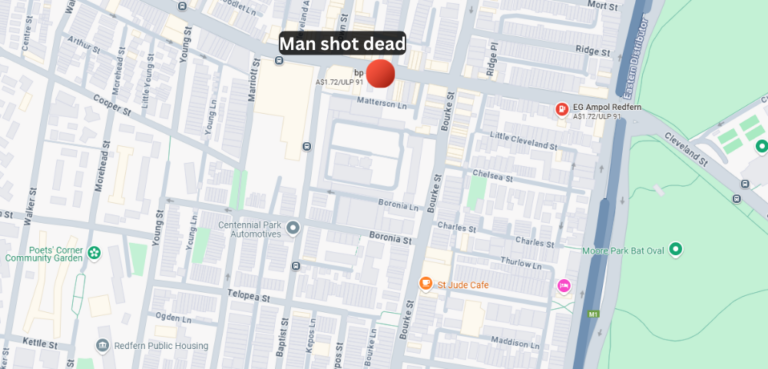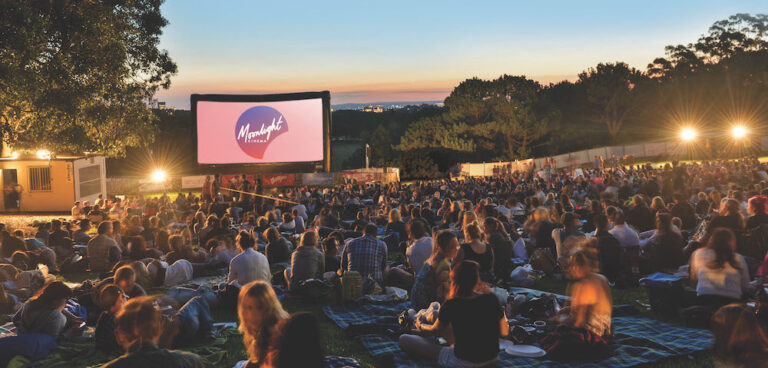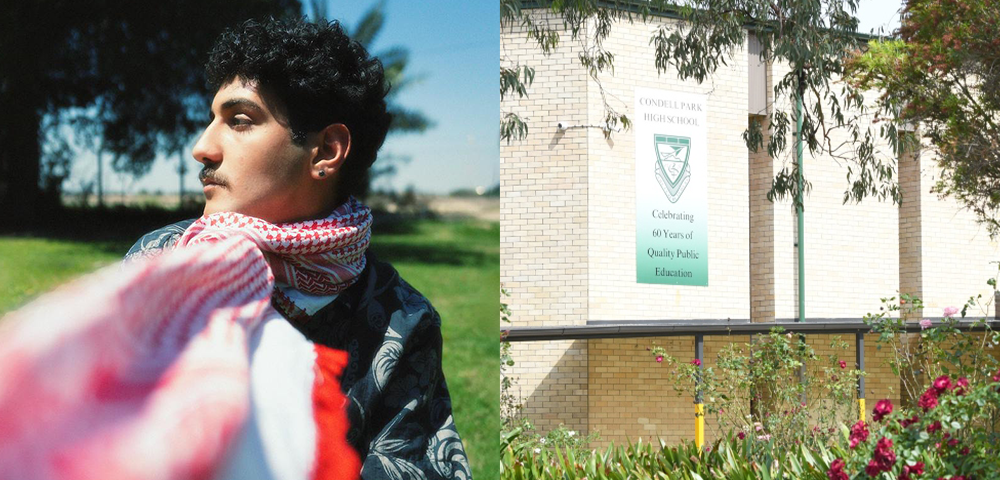
BY KENJI SATO
Protesters occupied a drill site at the Tempe Reserve on Tuesday morning, settling in with lawn chairs and picnic blankets in an attempt to block construction of the Westconnex New M5 road interchange.
Drilling was delayed and police were called to the scene. A move-on order was issued and the protesters left the scene peacefully. No arrests or charges were made.
The New M5 has long been a sore point among those opposed to the WestConnex road project, because of fears the planned road from Beverley Hills will bombard the inner west with traffic, causing chaos for local residents.
The NSW Department of Planning and Environment has been flooded with over 9000 submissions in response to the New M5 Environment Impact Statement, which closed for submissions last Friday.
Last Wednesday, January 27, local residents gathered in Erskineville, one of the suburbs expected to be most impacted by the road, in a final push to urge the community to send in last-minute submissions to oppose the project.
Darren Jenkins, president of the Friends of Erskineville community group said the gathering highlighted the wide spectrum of concerns from traffic to the local environment.
“It raised a broad number of things including the air quality, the demolishing of large swathes of Sydney Park, noise pollution, increased traffic, right through to the huge waste of public funds that this will be,” Mr Jenkins told City Hub.
He said that the forum’s biggest complaint was the government’s lack of transparency around the project.
“It sets up this curtain of secrecy behind which the government can advance its agenda without exposing it to the daylight of scrutiny,” he said.
Mr Jenkins, who is a barrister, also said that the length of time allowed for submissions was too short, considering the complex nature of the documents.
“There were an extraordinary number of documents for the public to get through, and a lot of those were technical documents that were difficult for a layperson to grapple with. There should have been a longer period of time, the documents should have been put forward in a more accessible way, and the community should be properly armed with the resources to give this proposal proper scrutiny.”
“The timing is just one factor in a broader problem with the way that this submission has been given over for scrutiny,” Mr Jenkins told the City Hub.
Janet Dandy-Ward, member of the WestConnex Action Group, said despite the brevity of the submission period, the amount of responses was estimated at over 9000.
“We’re bordering on a record, and that’s not counting the ones individuals submitted,” Ms Dandy-Ward told the City Hub.
She said that it was more impressive considering that people were responding to an 8000 page document, which was available either in PDF form online, or in local libraries.
“This was put on display at the end of November and we were given until the 29th of January. That’s peak holiday time,” she told the City Hub.
She also said that locals were not told enough about the project in the first place. She said that different outcomes, such as those calculated by the City of Sydney, varied significantly from the government’s studies.
“We know from other information that people are going to be coming into a traffic jam. This is billed as the solution for Sydney but we know that people are going to run into traffic in the city and beyond – the suburbs that are going to be deeply affected”
She told the City Hub that the Baird and Turnbull governments must give time for real community consultation because they planned to spend $16.8 billion of taxpayer money.
The Erskineville forum was attended by EcoTransit Sydney, which has been pushing for environmentally friendly public transport solutions to Sydney’s congestion.
The group’s spokesperson, Colin Schroeder, told City Hub that there were cheaper, more efficient alternatives.
“The few things EcoTransit has suggested could be done very, very cheaply for under a billion dollars, instead of nearly $20 billion for a road to nowhere,” he said. Mr Schroeder told City Hub that one alternative was to extend the light rail from Dulwich Hill to Sydney Airport through Sydenham and across Sydney’s southern industrial area.
He told City Hub that this would allow people to catch trains to the Airport or City, and would ease congestion on the M5 at a fraction of the cost.
“Sydney’s transport needs cannot be solved by building this massive tollway project. You can use half the amount of money and achieve much better outcomes with public transport.”
But Mr Schroeder said that he doubted the government would listen to alternatives.
“What Westconnex is really about is shifting public money to the private pocket. It’s about giving public money for big construction projects without any real purpose for solving Sydney’s congestion. This is a corruption of process,” he said.
Labor Councillor Linda Scott spoke at the meeting. She told City Hub that she did not support the New M5 on the grounds that it would not meet its stated objectives.
“It doesn’t provide a solution to get freight away from Kingsford Smith and Port Botany, and it doesn’t have a road that goes to the airport,” she said.
Clr Scott said she was also worried about the “terrible consequences” she predicted for the inner city.
“Huge traffic congestion will impact on our vital green space, and it will reduce our green space in Sydney Park. But the key concern is that this is public money not delivering on the project objectives.”
She said a business case needs to be established before public money was committed to the project.
“We need a clear evidence based case for what should happen here. The whole process has been political, rather than evidence based.”









